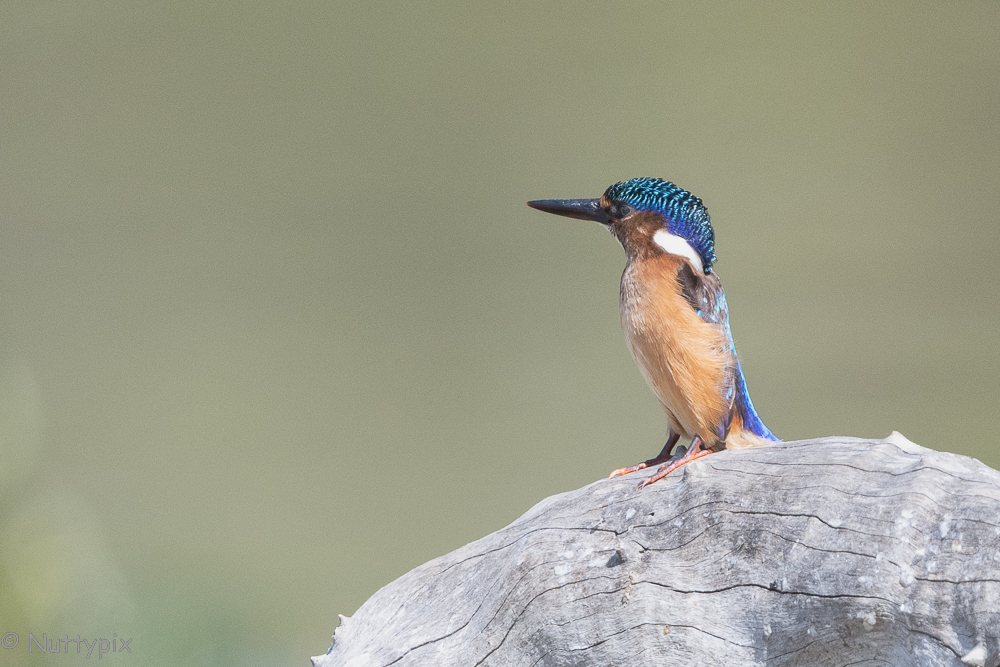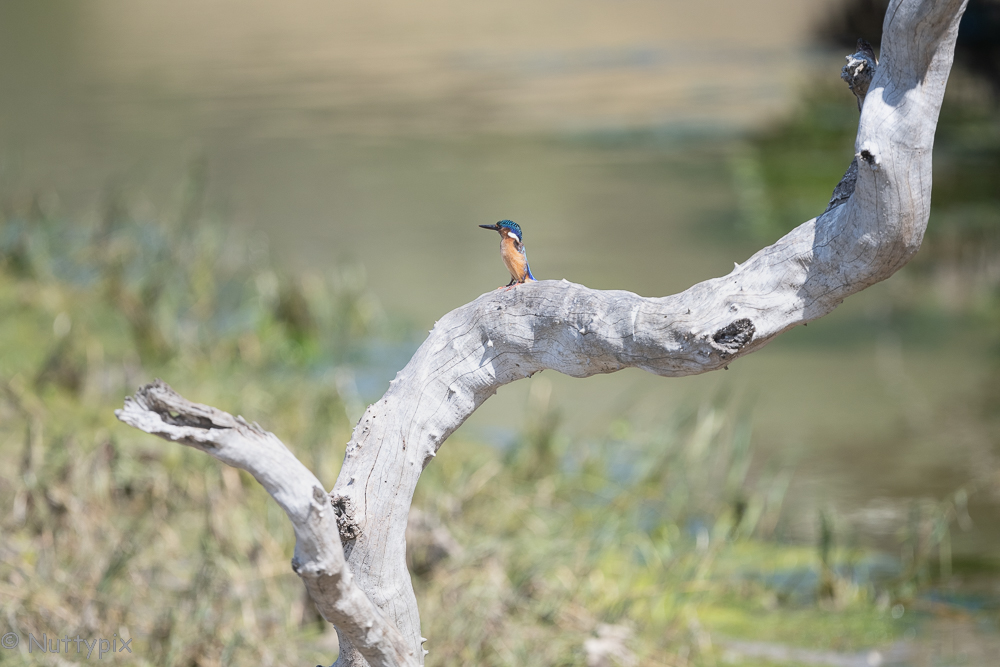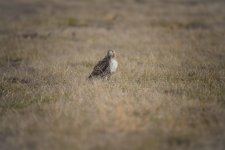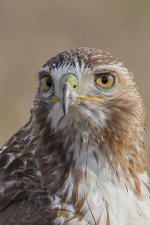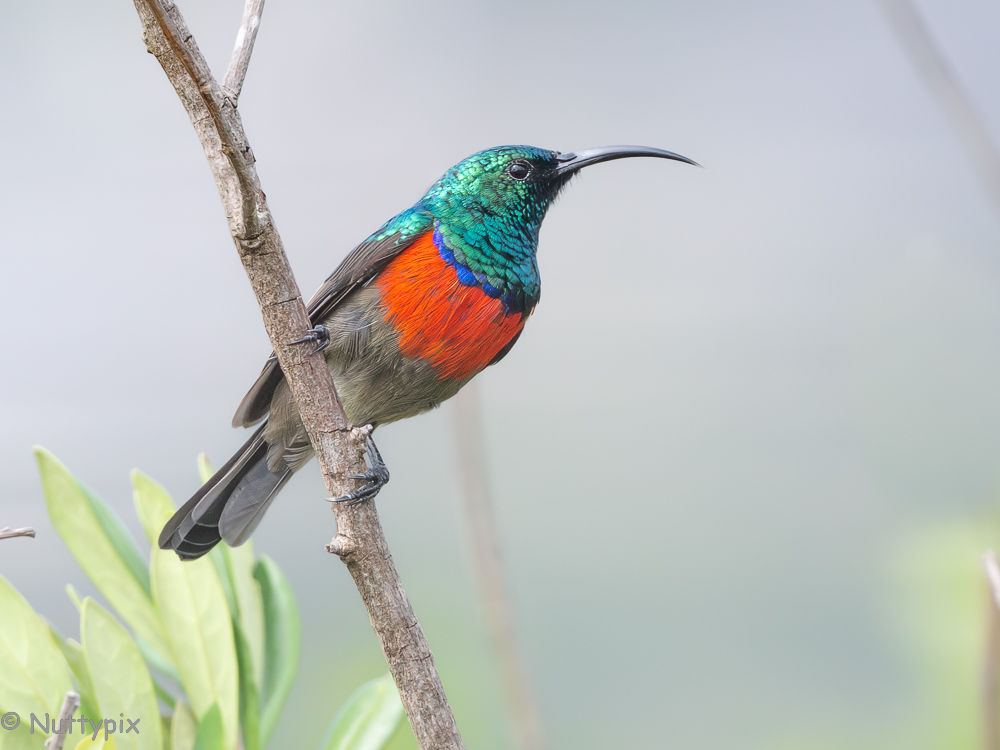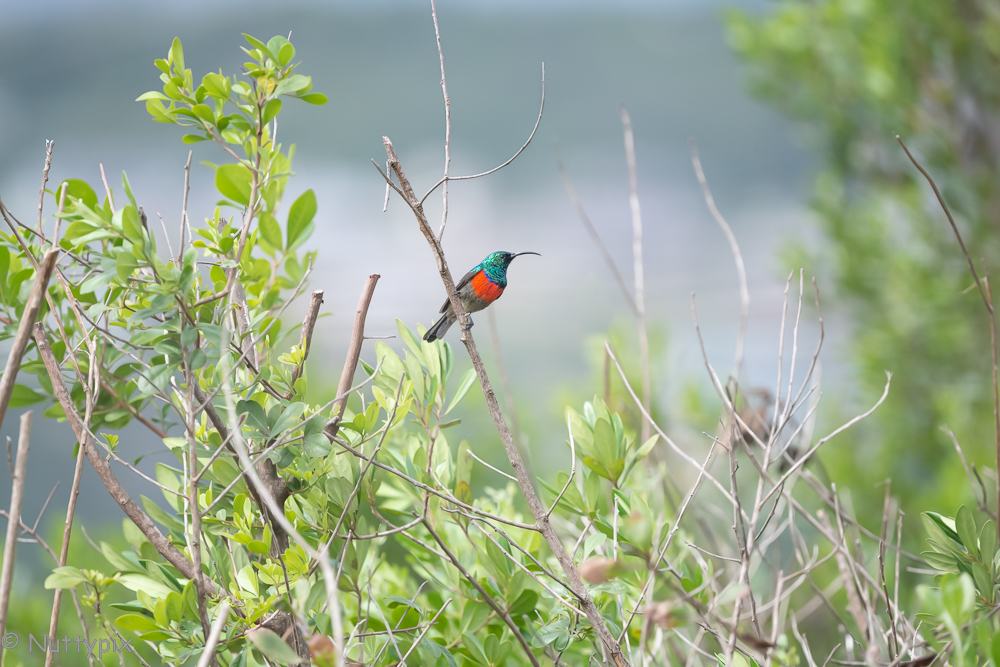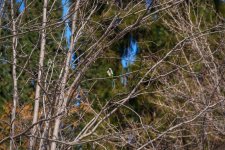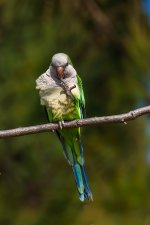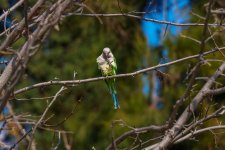and the site receives a small commission
You are using an out of date browser. It may not display this or other websites correctly.
You should upgrade or use an alternative browser.
You should upgrade or use an alternative browser.
How far can you crop
- Thread starter BillN_33
- Start date
sk66
Advertiser
- Messages
- 8,680
- Name
- Steven
- Edit My Images
- Yes
sk66
Advertiser
- Messages
- 8,680
- Name
- Steven
- Edit My Images
- Yes
I think it actually matters at least as much that the settings used allow for such hard crops (e.g. SS appropriate for the equivalent FL/Zoom)... which of course relate to shooting conditions.It obviously depends on the size of the subject, (in this case the KF which is tiny), in the original image and the shooting, lighting conditions
I too have many cropped images, in fact most of the images of birds I end up with are "cropped" images
The Redtail's eye is tiny in the original image, but you can see details in the retina in the crop.
Yup, you can get away with a lot for social media use and online posting...I suppose it is also what is an acceptable image
Dale.
Bo Derek
- Messages
- 12,000
- Name
- Dale.
- Edit My Images
- Yes
Both images (Bill's and Steven's) are hefty crops but I think some factors have affected things here too. I think the main difference is the light and also, I think Steven's image is sharper and will withstand cropping better as a result. I also think there's some type of atmospheric thing going on with Bill's KF shot, heat haze maybe?
I crop mainly for composition. I compose in camera but you never really know until you see it on a large monitor how it's going to sit. That said, I don't make huge crops, for me, the answer is getting closer to the subject if I'm after a reasonably close frame, although there's nothing wrong with a habitat shot.
If you can't get closer due to terrain on conditons, then try putting out a perch closer to where you can physically be. I'd suggest hiding for this to work. Perches can be hit and miss but food nearby (and time, if you have it) can make it easier.
Cropping has limits for sure but I'm always suprised by what can be achieved with a good file to begin with.
I crop mainly for composition. I compose in camera but you never really know until you see it on a large monitor how it's going to sit. That said, I don't make huge crops, for me, the answer is getting closer to the subject if I'm after a reasonably close frame, although there's nothing wrong with a habitat shot.
If you can't get closer due to terrain on conditons, then try putting out a perch closer to where you can physically be. I'd suggest hiding for this to work. Perches can be hit and miss but food nearby (and time, if you have it) can make it easier.
Cropping has limits for sure but I'm always suprised by what can be achieved with a good file to begin with.
- Messages
- 12,699
- Edit My Images
- No
I think it actually matters at least as much that the settings used allow for such hard crops (e.g. SS appropriate for the equivalent FL/Zoom)... which of course relate to shooting conditions.
The Redtail's eye is tiny in the original image, but you can see details in the retina in the crop.
Yup, you can get away with a lot for social media use and online posting...
will bigger sensors and AI which is now creeping in improve this situation? ........... that's a thought that has crossed my mind since I have started using the "denoise" function in LR ......... will Nikon use a bigger than the 45MP sensor? or have they
Dale - I cannot move "perches" - or get nearer in most of my shots, the birds don't hang around
Last edited:
Dale.
Bo Derek
- Messages
- 12,000
- Name
- Dale.
- Edit My Images
- Yes
Dale - I cannot move "perches" - or get nearer in most of my shots, the birds don't hang around
There are ways, which I alluded to (food/time) but that's not the discussion here really and of course, it's also situation dependent. I know from experience, it does work with Kingfishers.............. all I use for them is a perch and time, I never bait in any way.
To be fair, some of the cropped examples here are very good and have stood up well.
sk66
Advertiser
- Messages
- 8,680
- Name
- Steven
- Edit My Images
- Yes
At a certain point everything just becomes a circle of different tradeoffs with no choice being clearly better than any other...will bigger sensors and AI which is now creeping in improve this situation?
The thing that limits the minimum size detail (relative size at distance) that can be recorded is diffraction; which is the physical aperture size as magnified by focal length (and cropping)... nothing will ever overcome that. And larger sensors won't really help as they require more magnification, which negates the (potentially) larger pixels.
AI will probably compensate; it already (kind of) is in a lot of instances... but it's not "reality;" it's often more like drawing in details that (may have) never existed.
Nothing is better than fieldcraft and getting closer when possible... it reduces technical requirements in every aspect; lens sharpness, technique, settings, environmental, etc.the answer is getting closer to the subject if I'm after a reasonably close frame,
That particular image and crop was done to show that using a TC isn't necessarily a good/better choice; especially with a slower super zoom like the 60-600. If you use equivalent settings (for the final effective FL/magnification) you can end up with essentially the same results (occasionally even better).
Last edited:
- Messages
- 64
- Name
- Brian
- Edit My Images
- No
I'm not a wildlife photographer, however I got talking to bloke who was photographing the birds with 5Diii (I think) and EF600 f/4L + 2x EXT and it had bags of reach. My crop of the ducks still didn't get as close in as his FF exposure.
Crop:
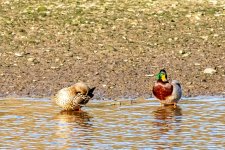
And the Full Frame:
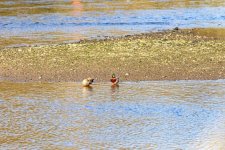
Using a 6Dii with EF 300 f/4L
I need to get closer. Or get more focal length.... and then still struggle!
Crop:

And the Full Frame:

Using a 6Dii with EF 300 f/4L
I need to get closer. Or get more focal length.... and then still struggle!
Let us assume you have a less-than-'Excellent' performing lens (most are not!)...it starts off delivering about 64 line-pairs per millimeter of resolution on the film.
The eye needs no fewer than 5 line-pairs/millimeter on print for it to be satisfied enough to have you think 'sharp print'...no greater than a 12.8x magnification of the original image to final size on print...so you can crop to an area of 15.8mm x 23.8mm on sensor/film and blow that up to fill an A4/letter size print...you need to keep 66% in each direction of the original frame. That is using the optical resolution of the lens itself as the determinant.
Adhering to the 5 line-pairs/millimeter on final print to satisfy your eyes' desire for 'sharp' print, that equates to 11 pixels in that same millimeter distance on final print...and since we are magnifying the crop image area by 12.8x, that means 141 pixels per millimeter on the digital sensor...3379 x 5069 pixels on the FF sensor or 17.2MPixels minimum. That is using sensor resolution as the determinant.
The eye needs no fewer than 5 line-pairs/millimeter on print for it to be satisfied enough to have you think 'sharp print'...no greater than a 12.8x magnification of the original image to final size on print...so you can crop to an area of 15.8mm x 23.8mm on sensor/film and blow that up to fill an A4/letter size print...you need to keep 66% in each direction of the original frame. That is using the optical resolution of the lens itself as the determinant.
Adhering to the 5 line-pairs/millimeter on final print to satisfy your eyes' desire for 'sharp' print, that equates to 11 pixels in that same millimeter distance on final print...and since we are magnifying the crop image area by 12.8x, that means 141 pixels per millimeter on the digital sensor...3379 x 5069 pixels on the FF sensor or 17.2MPixels minimum. That is using sensor resolution as the determinant.
Last edited:


